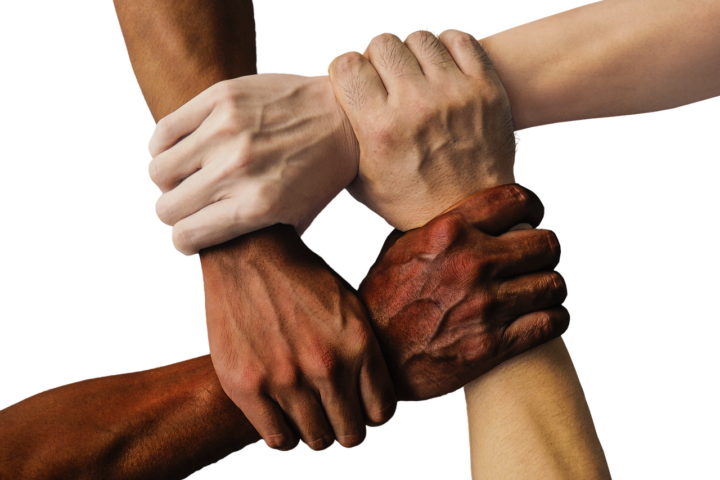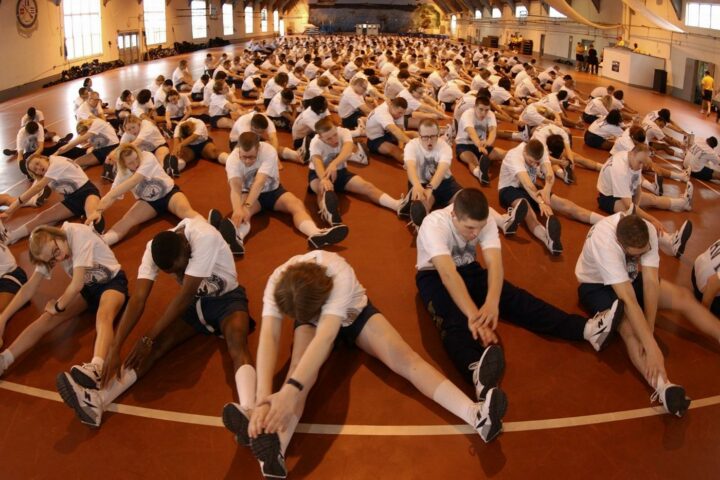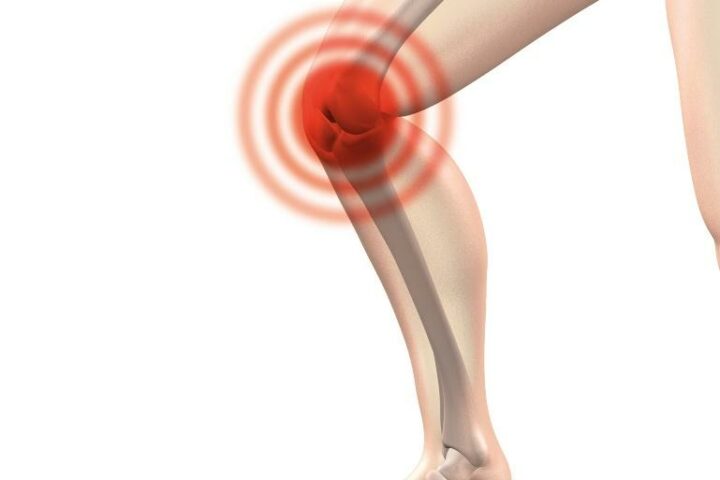Foam Rollers are a great tool to work out muscle knots, but rolling can also increase flexibility. In a previous Blog post, we discussed how to perform static and dynamic stretches. One downside is that static stretches can cause a temporary small decrease in performance. So in the two hours before a competitive event, you should probably avoid static stretches. Using “the stick” (no longer in production), a foam roller or a comparable device like the THERABAND Roller Massager+ to roll out your muscles is a great idea.
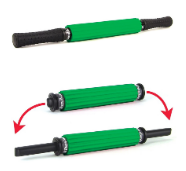
With a few caveats:
- Roll towards the heart. The basic massage technique indicates that we should work from the outside toward the center. Our hearts pump blood out to our bodies. When our muscles contract it pushes on our blood vessels to return blood to the heart. There are one-way valves in the veins that can get damaged by pressure in the opposite direction leading to peripheral swelling. So working in the right direction could even decrease swelling.
- Length of time. Massages may last 15-90 minutes but they do not spend that whole time on any one spot. Try not to work on any one spot for more than 30-60 seconds. You do not want to create bruising. Bruising means you will take longer to heal/recover.
- Pressure. Putting your whole-body weight into rolling can be too aggressive and painful. Use the least amount of force needed. Try holding the roller against the wall leaning into the roller and moving the roller towards the center. You can also put the roller on top of a stable surface, put one leg on the ground, and again roll it from the outside towards your heart.
- Roll on Muscles, nowhere else. The point of rolling is to decrease muscle tension and increase flexibility. Rolling on Bone and connective tissue is not appropriate and could lead to injury.
- Do not roll on the spine, Ribs, Abdomen, front of your neck, Greater trochanter, Achilles, or IT Band.
Don’t roll the IT Band? But so-and-so told me I should. 
The Ilio-Tibial band (IT band or ITB) is a fibrous connective tissue bridge which runs from the Iliac crest to the lateral knee. It is primarily put under load by the Tensor Fascia Latae (TFL), and secondarily from Gluteus Maximus. Research has shown that there is little to no stretch to connective tissue, one estimate is that it would take 2,000 lbs of pressure to lengthen the IT band. Lots of advice gets repeated and repeated but logic says this is not a good strategy.
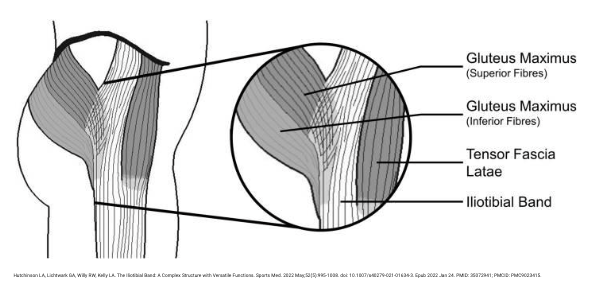
So is there no hope for my IT Band?
There is hope, you should focus on the source. You can roll on the TFL and glutes to decrease IT band tension and pain. Stop focusing on the spot that hurts.
How would I roll my TFL?
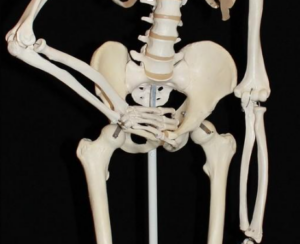
If you place your hands on your hips there is a bony ridge. Follow this ridge to the front and there is a bony lump, called the Anterior Superior Iliac Spine. AKA the ASIS, because the other name is quite the mouthful. Make a C-shape with your opposite hand with your thumb on the ASIS and your pinkie against your thigh, this is where the TFL is. Place the roller against the wall and roll up from where your pinkie was towards the ASIS, but not over it.
What about the other end?
Gerdy’s tubercle is the insertion of this fascial band into the lateral tibia. This is bone and tendon. Foam rolling decreases muscle knots and increases flexibility. Pretty clear that we should be nice on this side and focus our time and energy on the TFL and Gluteus Maximus. It is fine to roll on the quads in the front, and the hamstrings in the back, but rolling along the pants seam of your lateral thigh is a bad idea.
Why not roll out my Spine?
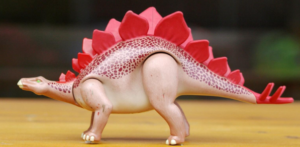
Our backs are not quite as lumpy as a stegosaurus, but the human spine is still pretty lumpy.
Rapidly rolling up and down may give some audible sounds, but is mean to our backs. Bones can be bruised. A much gentler technique is to put the roller horizontally against the wall, and lean over a specific tight spot, hold for 30 seconds, and then move to a new spot. Repeat as needed. You can also do this on the floor, but again more pressure means more potential for injury.
We can help accelerate the healing process and teach you how to break the cycle of pain returning with use. Beyond Wellness specializes in chiropractic services, acupuncture, reiki, and more. Contact us at 703-219-8354 or www.mybwdoc.com
Author:
Dr. Martin C. Donnelly, DC, CCEP, CKTP, FAKTR-PM, GRASTON Certified


